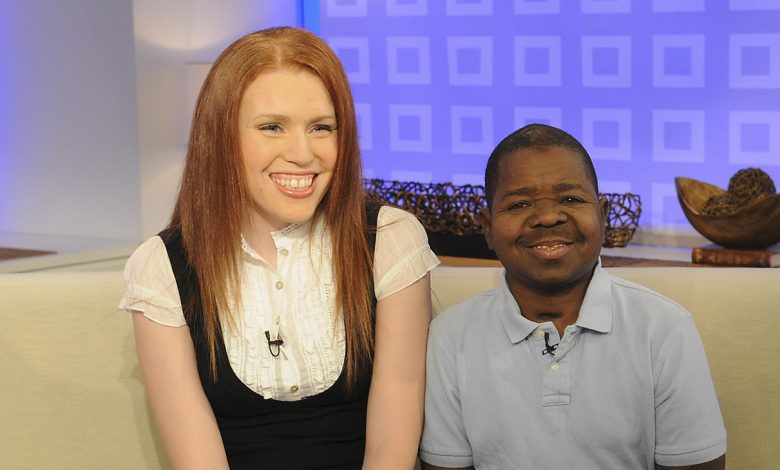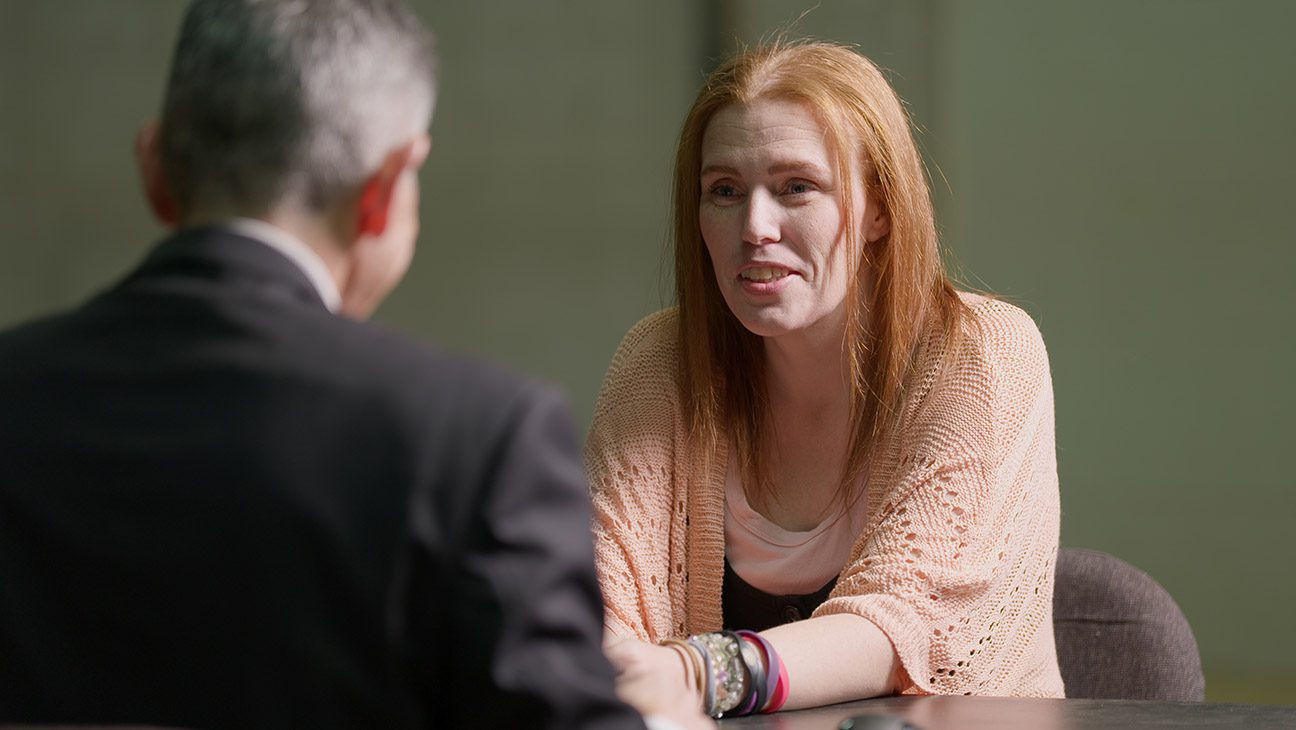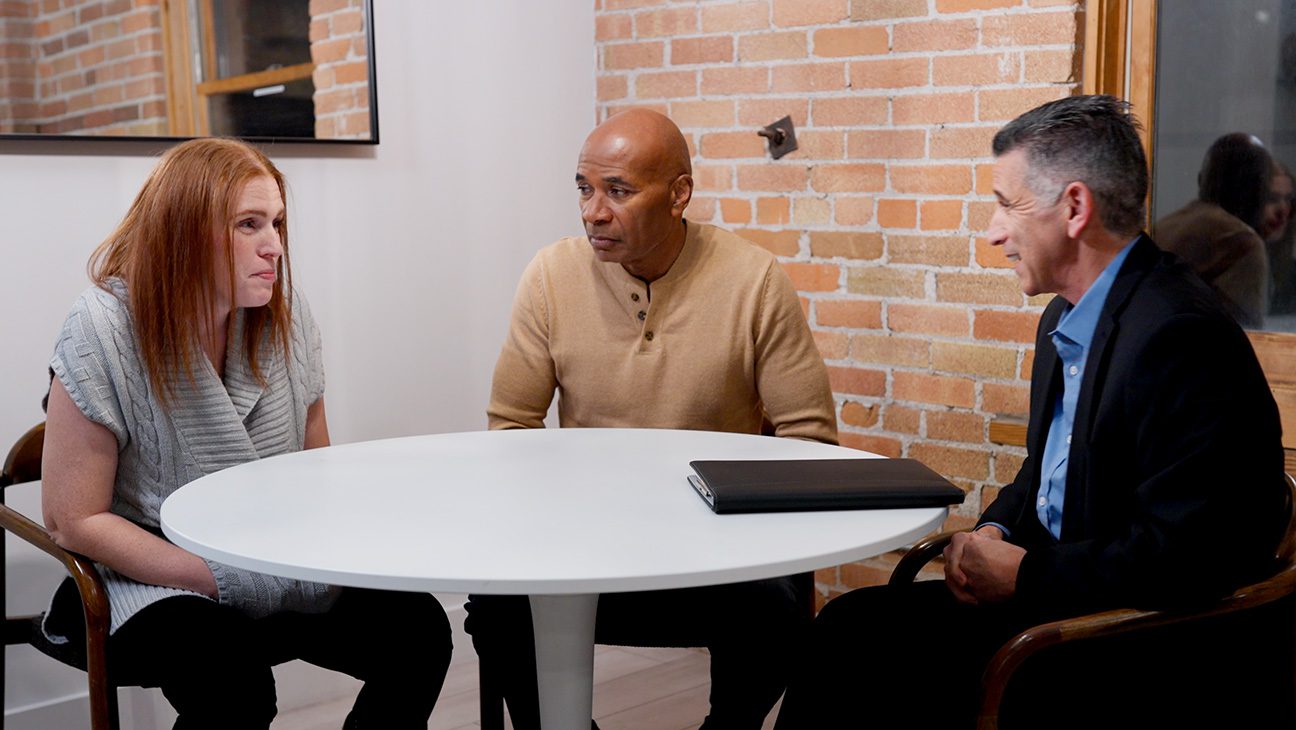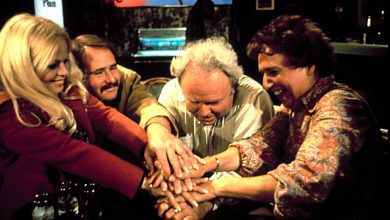Gary Coleman’s Ex-Wife Didn’t Do Well on a Polygraph About His Death

What’chu talkin’ ’bout, Shannon Price? But like, for real.
On Jan. 14, 2025, the ex-wife of late actor Gary Coleman took a polygraph test administered by former FBI agent and veteran polygraph examiner George Olivo as part of A&E’s Lie Detector: Truth or Deception. Price was questioned on the details surrounding Coleman’s fatal fall in 2010 and … she didn’t do well.
Here were the questions, answers and results:
- Olivo: Did you ever strike Gary during your relationship?
Price: No.
Results: Inconclusive (did not score high enough to pass, did not score low enough to fail). - Olivo: Did you intentionally decide to withhold help to Gary when he fell?
Price: No.
Results: Inconclusive (did not score high enough to pass, did not score low enough to fail). - Olivo: Did you physically cause Gary’s fall? Did you physically cause Gary to fall that day?Price: No.
Results: Failed with deception indicated to those relevant questions.

How much does a rig cost?
OK, so I’ll give you a range. As far as I know there are about three companies that sell polygraph equipment in the United States. I use the same equipment that I used in the FBI. Every FBI examiner uses the same type of equipment that I use, and so that’s what I’m used to using. I’ve used it all my life. So a new rig costs anywhere between $9,000 and $10,000.
You say in the show that polygraph tests are 85 to 90 percent accurate. So when she failed, how come you were 100 percent confident in the failure?
Well, I trust my charts. I trust the process. Let’s put it in perspective. If you go to the doctor and get an MRI — MRIs are 90 percent accurate. So the doctors not going to say, “Well, I’m 90 percent sure,” [they’ll] just say, “Here’s what I see.”
The [polygraph] recording is 100 percent accurate. It’s like a tape recorder. It records exactly every word, doesn’t change anything. So you can’t argue with me, “Hey, those aren’t my words.” But what you could say is — if I play that [tape-]recording for you of our conversation — you could say, “Yeah, those are my words, but here’s what I meant by them.” So even though the [tape-]recording is 100 percent accurate, it still requires interpretation. In polygraph, it’s the same thing. Those reactions are 100 percent [Price’s] reactions; [the polygraph] doesn’t change anything, it’s exactly what her body is saying. Now I have to interpret it, and there’s where there’s a little bit of — you know, you can’t say it’s 100 percent. But I’m confident because that’s the result I got. I’m not going to say, “Hey, I’m 90 percent sure you’re not telling the truth.” I have to be confident in my work and in the results, and that’s why we get three different results.
Do you have a theory on what happened the night Gary fell?
I have an idea that what could have happened. Only Shannon knows what happened in that house. So I’m not here as a professional or even as a layperson to throw her under the bus in any way and call her a murderer or anything. I’m not saying anything like that. I don’t know what happened in that house, but what could have happened is that she and Gary got into a shouting match or an argument that turned into a shoving match, he fell and hit the ground. It doesn’t have to be any more sinister than that. That could’ve happened. It could have been 100 percent an accident that she doesn’t want to explain how the whole thing unfolded. All I know for sure, what I’m 100 percent certain of — at least through my process — is that there is more to the story than she’s telling.
Shannon was fidgety during the test. In your experience, do people fidget to purposely get non-conclusive results? Do they google “How to beat a lie detector?” and then realize they have to act erratically?
One hundred percent that is one possibility. That might be why she was inconclusive on the first test, at least, about hitting him. “Did you ever strike Gary?” It’s a black-and-white issue but [the result] was inconclusive. She might have been doing things on purpose. Maybe not.
There are a few reasons why we get inconclusive results. It could be an inability or unwillingness to focus, it could be an outside issue — some other issue that she’s afraid may come up in this process that’s not directly on the test, but it’s worrying her — so now she’s kind of thinking other things. It could be poor data quality, and that could be from bad health, or, just like you said, fidgeting. So we have a lot of anomalies, and that’s going to bump the score one way or another. Again, all of those things could be inadvertent or intentional. We have a lot of ways of determining intentionality on a test. We can kind of read between the lines and read the tea leaves — they’re called countermeasures when someone tries to cheat on a test. And I’ve received a lot of training on specifically identifying countermeasures. You can’t figure out exactly what somebody’s doing, but you can tell if physiology is being manipulated.
Put it that way: If you take a counterfeit $100 bill into the bank, and the bank manager, who’s been there for 15 years — you give it to him and say, “Hey, I want to get change for this $100.” Well, he’s going to hold it up to the light. He’s going to look at it. He’s going to know. He may not know the exact counterfeit technique that was used, but he knows what the real bill is supposed to look like, and he can say this is counterfeit.

Are these TV polygraphs admissible in court?
Not at all.
In Meet the Parents, Robert De Niro was ex-CIA polygraph examiner who says he has become a human lie-detector. He no longer needed his polygraph; do you feel like 20 years in the FBI has done the same for you?
Well, one of the other hats that I wore in the FBI is not just the senior polygraph examiner for FBI Los Angeles, but I was also a certified adjunct faculty instructor in interview and interrogation. So I taught in a lot of different divisions. I taught state, local and federal agencies on how to detect deception without a polygraph — basically verbal and nonverbal indicators of deception. How to ask proper questions in the interview, how to transition to interrogation, how to elicit the truth. You know, obviously without a polygraph.
The reason I got into polygraph to begin with is that I love to interview people. So the pretest interview is — the detectives go out interview the person, what happened, that kind of thing. And the interrogation really is the post-[polygraph] test interview; if they don’t pass the test, you did it, and we’ve got to talk more. I don’t really interrogate people necessarily on this show because, you know, I guess it’s not a polite thing to do. And who’s going to admit to something in front of a million people, right? You’ll see in a couple of other episodes where we were allowed to probe a little bit more, they gave me a little more leeway. But to answer the question, there are a lot of indicators of deception — verbal and nonverbal — that if you put them all together, it helps you become more of a human lie detector, I guess.
When I was a kid, the rumor was that the way to beat a polygraph was to put a thumbtack in your shoe and step on it. Maybe that worked on old tests, I dunno. So how do I beat a polygraph today?
Well, if I told you that, then I would be cast out of the whole polygraph world. So I don’t want to teach anyone how to beat a polygraph exam, or even tell people what I look for in terms of countermeasures. There are really only three possibilities that people can try. The one that you mentioned is using something to physically alter your physiological reaction. The other one is, come in drunk or high and have it pharmaceutically changed. And the only other option is trying to do something mentally. The most common technique is the detachment technique. I’m just going to go in there and pretending like I’m on the beach, relax and just not even listen. But here’s the thing, physiology, it all boils down to the charts. Physiology will always betray you when you’re trying to multitask and do any of those things. So we look for certain things within the charts to say, “A-ha, I don’t know exactly what you’re doing, but this doesn’t look right.”
You’re not helping me in my mission here.
I’ll tell you this little secret. I do tell people that I do know what they’re doing, but I don’t. I just know they’re doing something, right? I’ll stop the test. I’ll stand up and walk right in front of them in the middle [of the exam]. They don’t know why. They’ll ask, “Why did we stop?” And I’ll look right at them and point in their direction. I’ll say, “I know what you’re doing. Cut it out.”
***
Shannon Price’s episode of A&E’s Lie Detector: Truth or Deception airs Thursday, July 10, at 9 p.m. ET/PT.
Source: Hollywoodreporter
HiCelebNews online magazine publishes interesting content every day in the TV section of the entertainment category. Follow us to read the latest news.
Related Posts
- Peter Jackson Wants to Bring This 400-Pound Flightless Bird Back From Extinction
- Italian Film Chief Resigns Amid Probe Into Tax Credit for U.S. Producer Now Accused of Double Murder
- John Summit Is Bringing EDM Festival Scene Back to New York With Experts Only Fest
- Ryan Reynolds, Rob Mac, Roy Wood Jr. Among Just For Laughs Award Winners, Presenters
- ‘Slow Horses’ Gets Early Season 7 Renewal at Apple





